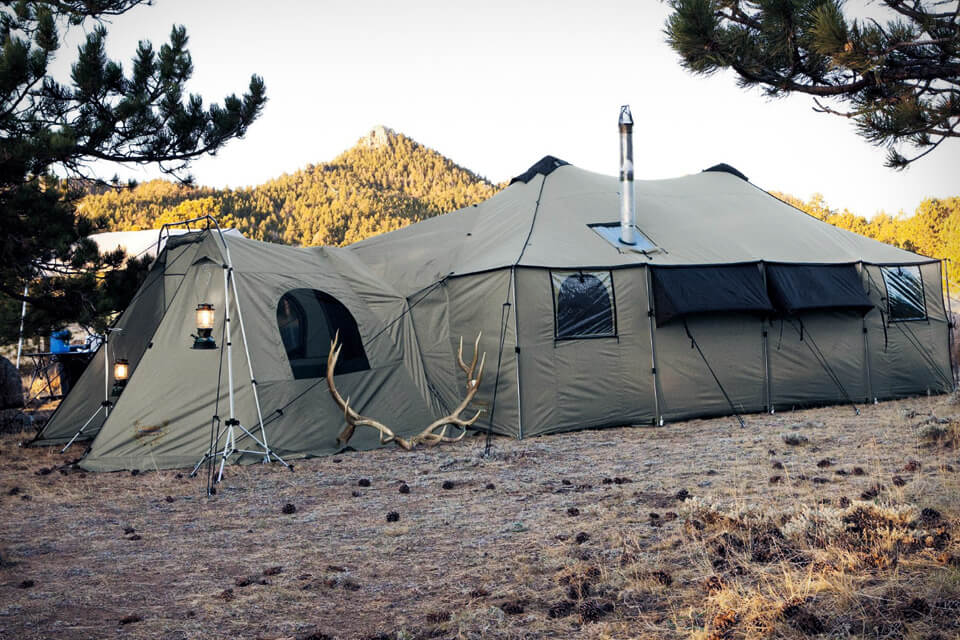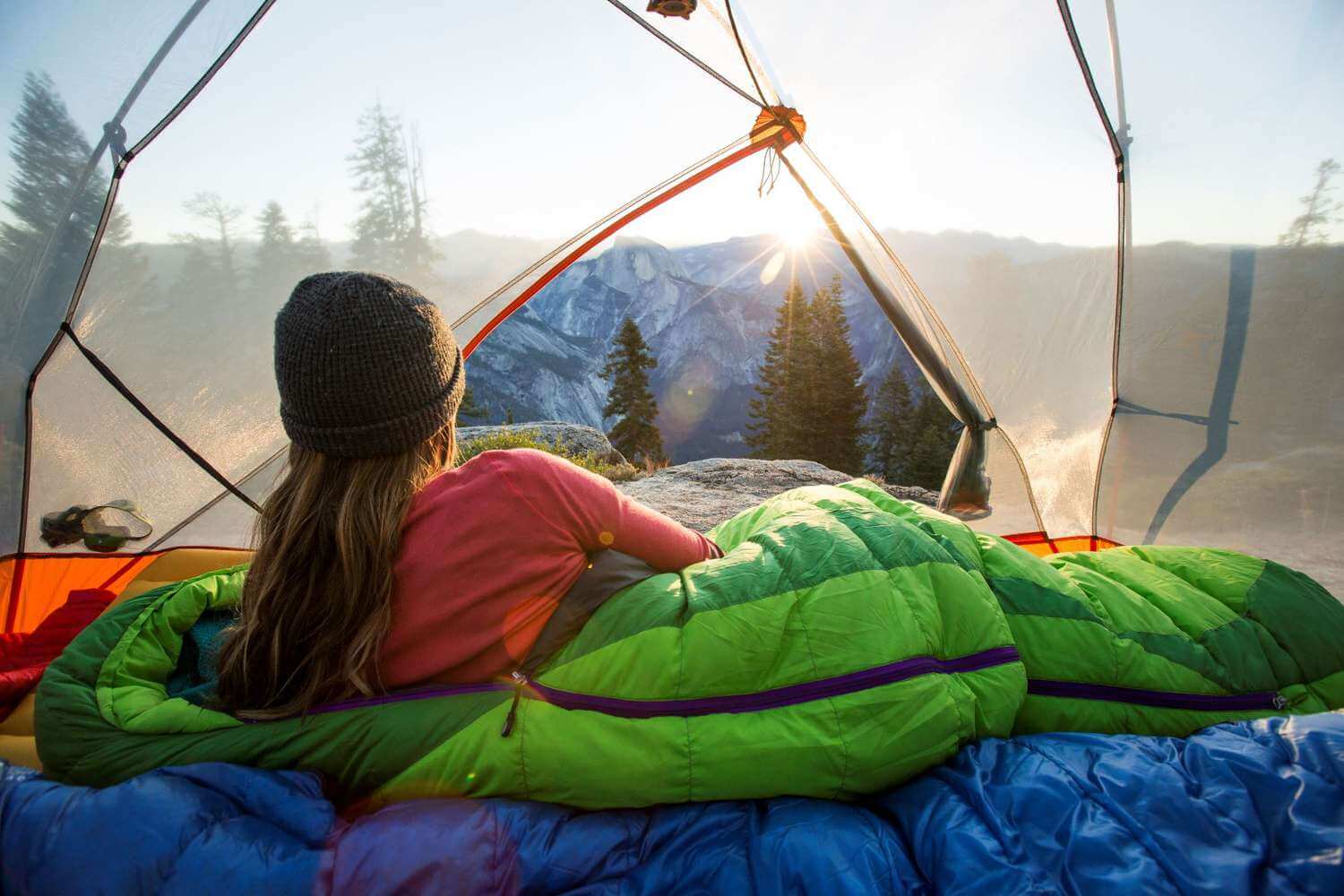Embarking on a 3-day backpacking trip requires thorough preparation to ensure a safe and enjoyable experience. Having a detailed checklist helps you pack all the essentials while avoiding unnecessary weight. This comprehensive guide covers everything you need for a three-day adventure, from essential gear to food and safety items. Follow this checklist to make sure you’re well-prepared for your journey into the great outdoors.
Essential Gear for a 3-Day Backpacking Trip
Proper gear selection is crucial for a successful backpacking trip. This section details the essential items you need to carry for a 3-day wilderness adventure, ensuring comfort, safety, and preparedness for various conditions.
Backpack
- Capacity: A 40-50 liter backpack is ideal for a 3-day trip, providing ample space for all your essentials without being overly cumbersome. Ensure it has comfortable, adjustable shoulder straps and a padded hip belt to distribute the weight evenly.
- Features: Look for a backpack with multiple compartments for organization, external straps for attaching gear like sleeping pads or trekking poles, and a built-in or separate rain cover to protect your belongings from the elements.

Shelter
- Tent: A lightweight, three-season tent is suitable for most weather conditions. Ensure it’s easy to set up, has good ventilation, and comes with a rainfly for added protection against rain. If you’re traveling with a partner, a two-person tent can save weight compared to carrying two separate tents.
- Footprint: A ground tarp or footprint protects the bottom of your tent from abrasions and moisture, extending its lifespan.
- Alternative Shelters: Consider a bivy sack or a hammock with a rainfly if you prefer ultralight options and are confident in mild weather conditions.

Sleeping Gear
- Sleeping Bag: Choose a three-season sleeping bag rated for the lowest temperatures you expect to encounter. Down sleeping bags are lightweight and compressible, but synthetic bags perform better in wet conditions.
- Sleeping Pad: An insulated sleeping pad provides cushioning and thermal insulation from the ground, significantly enhancing comfort and warmth during the night. Inflatable or closed-cell foam pads are popular choices.

Clothing
Layering is key to staying comfortable in changing weather conditions. Pack clothing made from moisture-wicking, quick-drying materials.
- Base Layers: Moisture-wicking tops and bottoms to keep you dry and comfortable. Merino wool or synthetic materials are ideal.
- Insulating Layers: A fleece or down jacket for warmth. These layers trap body heat and can be adjusted based on activity level and temperature.
- Outer Layers: Waterproof and windproof jacket and pants to protect against rain and wind. Ensure these layers are breathable to prevent overheating during strenuous activities.
- Hiking Boots: Sturdy, well-broken-in hiking boots with good ankle support and a reliable grip. Pair them with moisture-wicking, cushioned socks to prevent blisters.
- Additional Clothing: Hat and gloves for warmth, a sun hat for protection, and an extra set of clothes for nighttime or emergencies.
Navigation and Tools
- Map and Compass: Always carry a physical map and a compass, even if you plan to use GPS. Knowing how to use them is crucial for navigation in areas without reliable cell service.
- GPS Device: A handheld GPS device or a smartphone with offline maps can provide accurate location tracking. Ensure it’s fully charged and consider bringing a portable charger.
- Multi-tool or Knife: A versatile tool for various tasks, from preparing food to making repairs.
- Headlamp: Essential for lighting your way at night, with extra batteries to ensure you’re never left in the dark.
- Trekking Poles: Help with balance and reduce strain on your knees, especially on rough or steep terrain.
By carefully selecting and packing these essential items, you’ll be well-prepared for the challenges and joys of a 3-day backpacking adventure. Remember, the key to a successful trip lies in balancing the necessity of each item against its weight and utility, ensuring you carry what you need without unnecessary burden.
Hydration and Nutrition
Staying hydrated and well-fed is vital for maintaining energy levels.
Water
- Water Bottles or Hydration Reservoir: Carry enough water to last between refills.
- Water Filter or Purification Tablets: Ensure safe drinking water from natural sources.
Food
Pack lightweight, high-calorie, and easy-to-prepare foods.
- Breakfast: Instant oatmeal, granola bars, or dried fruit.
- Lunch: Wraps with peanut butter, tortillas with cheese, or canned tuna.
- Dinner: Dehydrated meals, instant noodles, or pasta.
- Snacks: Trail mix, jerky, energy bars, and nuts.
- Electrolytes: Powders or tablets to add to water.
Cooking Gear
- Stove and Fuel: Lightweight backpacking stove and sufficient fuel.
- Cookware: Pot, mug, and utensils.
- Lighter and Matches: Waterproof matches and a reliable lighter.
First Aid and Safety
Safety should always be a priority when backpacking.
First Aid Kit
- First Aid Kit: Include bandages, antiseptic wipes, pain relievers, blister treatments, and any personal medications.
- Emergency Whistle: For signaling in case of an emergency.
- Fire Starters: Matches, lighter, and firestarter materials.
- Emergency Blanket: Lightweight and essential for warmth.
Personal Items and Hygiene
Staying clean and comfortable is important even in the wilderness.
- Toiletries: Toothbrush, toothpaste, biodegradable soap, and small towel.
- Toilet Paper and Trowel: For digging cat holes and maintaining hygiene.
- Hand Sanitizer: Essential for cleanliness.
- Sunscreen and Lip Balm: Protect your skin from sunburn.
- Bug Spray: Keep insects at bay.
- Trash Bags: Pack out all waste.
Miscellaneous Items
These additional items can enhance your backpacking experience.
- Camera or Smartphone: For photos and emergency communication.
- Portable Charger: Keep your devices powered.
- Journal and Pen: Record your experiences.
- Book or Kindle: Light entertainment for downtime.
- Lightweight Camp Chair: Optional for extra comfort.
Preparing for a 3-day backpacking trip involves careful planning and packing. This comprehensive checklist ensures that you have all the essentials, from gear and clothing to food and safety items. By following this guide, you can embark on your wilderness adventure with confidence, knowing you’re well-prepared for whatever nature has in store. Enjoy the beauty and challenge of backpacking, and create unforgettable memories along the way. Happy trails!